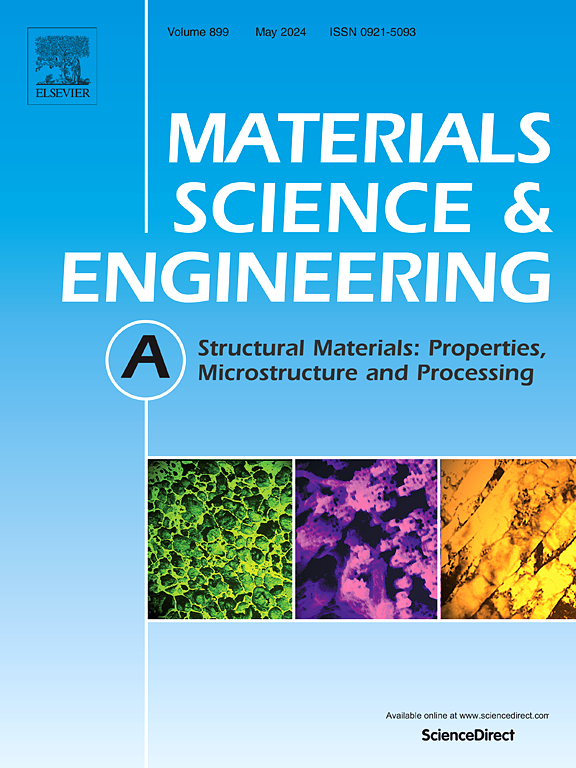Effects of Cu distribution on the transformation temperatures and mechanical behavior of NiTi-based alloys fabricated by laser powder bed fusion and heat treatment
IF 6.1
2区 材料科学
Q1 MATERIALS SCIENCE, MULTIDISCIPLINARY
引用次数: 0
Abstract
Ni50.1Ti48.9Cu1 ternary shape memory alloys were synthesized with NiTi and pure Cu powders using laser powder bed fusion (LPBF) for the first time. The incorporation of 1 at.% Cu leads to a reduction in transformation temperature (TTs) of more than 80 °C and a decreased transformation hysteresis. Cu segregation tends to occur along melt pool boundary and promotes the formation of intermediate phases of B19 and R, which contribute to the reduced hysteresis and enhanced nano-hardness from 3 GPa to 5 GPa. The critical stress of martensitic transformation was significantly improved and higher than the critical resolved shear stress for plastic deformation due to Cu addition. Post heat treatment at 350 °C raises TTs by approximately 50 °C, leading to shape memory and superelastic effects while keeping the relatively high critical stress of martensitic transformation. The total recoverable strains of 10 % and 9 % for the samples fabricated at both high and low energy densities were obtained after a cyclic compressive strain of 10 %, respectively.
求助全文
约1分钟内获得全文
求助全文
来源期刊

Materials Science and Engineering: A
工程技术-材料科学:综合
CiteScore
11.50
自引率
15.60%
发文量
1811
审稿时长
31 days
期刊介绍:
Materials Science and Engineering A provides an international medium for the publication of theoretical and experimental studies related to the load-bearing capacity of materials as influenced by their basic properties, processing history, microstructure and operating environment. Appropriate submissions to Materials Science and Engineering A should include scientific and/or engineering factors which affect the microstructure - strength relationships of materials and report the changes to mechanical behavior.
 求助内容:
求助内容: 应助结果提醒方式:
应助结果提醒方式:


